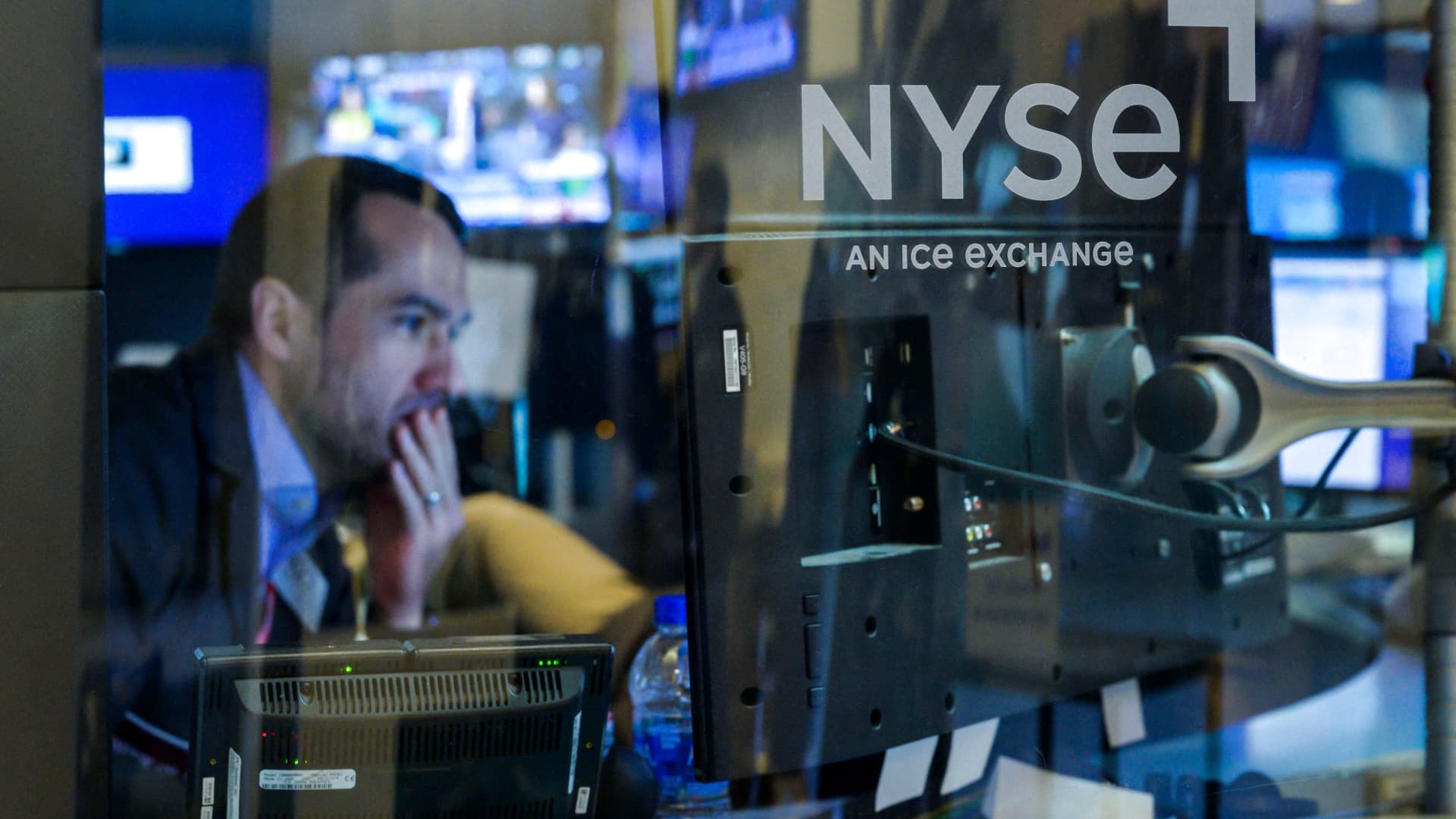Morgan Stanley’s Chief U.S. Equity Strategist Mike Wilson expects a “pretty steep decline in inflation” between now and the end of next year. Consumer price increases could drop to 4% or 5% by June next year, and back to 2% or 3% by the end of 2023, he told CNBC’s “Street Signs Asia” Friday. That’s compared to October’s 7.7% increase from a year ago , which was less steep than expected. Stocks rallied last week on investor hopes that a peak in price rises is in sight. Investors have been watching comments from the U.S. Federal Reserve closely for hints on when it could pause tightening amid its war against inflation. But Wilson, who is also Morgan Stanley’s chief investment officer, warned that “we’re in a new era.” “In other words, there’s less slack in the economy, particularly in labor and energy, which means when the economy really accelerates, inflation will come back and that will prevent the Fed from cutting rates to zero ever again,” he said. “I don’t think the Fed’s ever going to zero again because … inflation now has arrived. So they have to deal with that,” Wilson added. It follow other calls that the era of cheap money is over , spelling tough times ahead for sectors such as tech. Wilson added that markets are in a “boom-bust environment” — with short, hotter economic cycles. “We think we’re going into a period where economic expansions are gonna last somewhere between three and four years as opposed to the eight to 10 year period, because monetary policy can’t come to the rescue as quickly as it was in the past — because inflation is going to be in the background now,” he said. Inflation still ‘stickier’ for these 2 areas Wilson said there are still two areas where inflation could be “stickier:” energy and labor. “These are two areas where we do have a bit of a shortage and that will keep inflation also higher than probably 2% on a structural basis,” he said. Energy, in particular, is in a bull market structurally, “not even cyclically,” Wilson said. “I mean, it’s a new bull market for energy.” Energy is currently the only S & P 500 sector in the green over the year to date, according to FactSet.
Morgan Stanley’s Mike Wilson on inflation in 2023, Fed policy
Related Posts
RECENT POSTS
Browse by Category
- Books (1)
- Business (3,474)
- Events (2)
- Fashion (5,448)
- Horror (1)
- Interviews (28)
- Movies (5,444)
- Music (5,479)
- News & Gossip (6,218)
- Television (5,474)
- Uncategorized (1)
- Video Of The Day (883)
POPULAR POSTS
EDITOR'S PICKS
© 2022 EssentiallyHollywood.com - All Rights Reserved
















































































